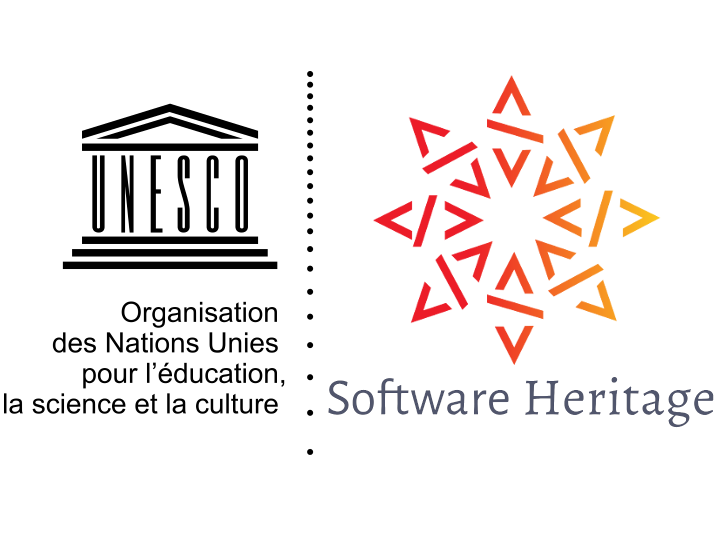Software Heritage serving society, science and industry
Software is at the crux of all technological development and therefore plays a pivotal - and even critical - role in our daily lives, our industry and our society. In order to preserve this heritage and address the technological and scientific challenges of tomorrow, it is essential to build, as of today, a universal and sustainable software archive . That is why Inria, convinced of the vital role of software in the development of the digital society, wanted to take on the challenge by initiating the project in 2015.
The objective of Software Heritage is to collect, organise, preserve and make accessible to all the source code of all available software. By building a universal and sustainable software archive,Software Heritage aims to put in place an essential infrastructure for society, science and industry.
The need to build an infrastructure that aims at indexing all publicly available source code, with a long-term commitment, is clear. It’s not just a matter of preserving old source code, but to help developers of new software projects to find, reuse, reference and archive new source codes.
Providing a single and universal archive making software source code readily available facilitates access to the knowledge contained there in, supports programming education, and creates a reference catalogue with all knowledge about this software - a kind of software Wikipedia. Software Heritage is based on a distributed infrastructure, with international partners, in order to ensure long term availability and reliability of the archive.
We are very proud of this stage, which represents a significant amount of work: finally, everybody can consult and download the content of the archive that we have building for the last three years. A great deal of work still lies ahead: find and archive all the source codes we do not have, generalise the deposit of scientific codes, and add functionalities to make the archive easy to use whatever the utilisation. For this, we need new partners and the support of everyone.
Roberto Di Cosmo, director of Software Heritage
Software Heritage is unveiling on May 7th the contents of the archive
To date, Software Heritage has collected more than 83 million software projects, archiving more than four billion unique source files, as well as all related development history - already making it the world’s leading source code archive.
For example, the following are archived there:
- the source code of the Apollo 11 guidance system
- the source code of the NCSA Mosaic Web browser, which popularised the Web
- the source code of the Quake III Arena game
- the source code of the extremely popular AngularJS framework
Software Heritage has also forged a partnership with HAL, the multidisciplinary open archive, aimed at the deposit and dissemination of research-level scientific articles - published or unpublished - and theses, from French or foreign teaching and research establishments and public or private laboratories.
The project is backed by numerous international partners, such as Microsoft, DANS, University of Bologna, Société Générale, Huawei, Nokia Bell Labs and Intel, recently joined by GitHub, Google, UQAM, Qwant and FOSSID.
Software Heritage marks a necessary addition to UNESCO’s longstanding heritage work. The project embodies commitments that are at the heart of our mandate: favouring the free flow of information and culture, and fostering intellectual cooperation for peace and development.
Audray Azoulay, Director-General of UNESCO
